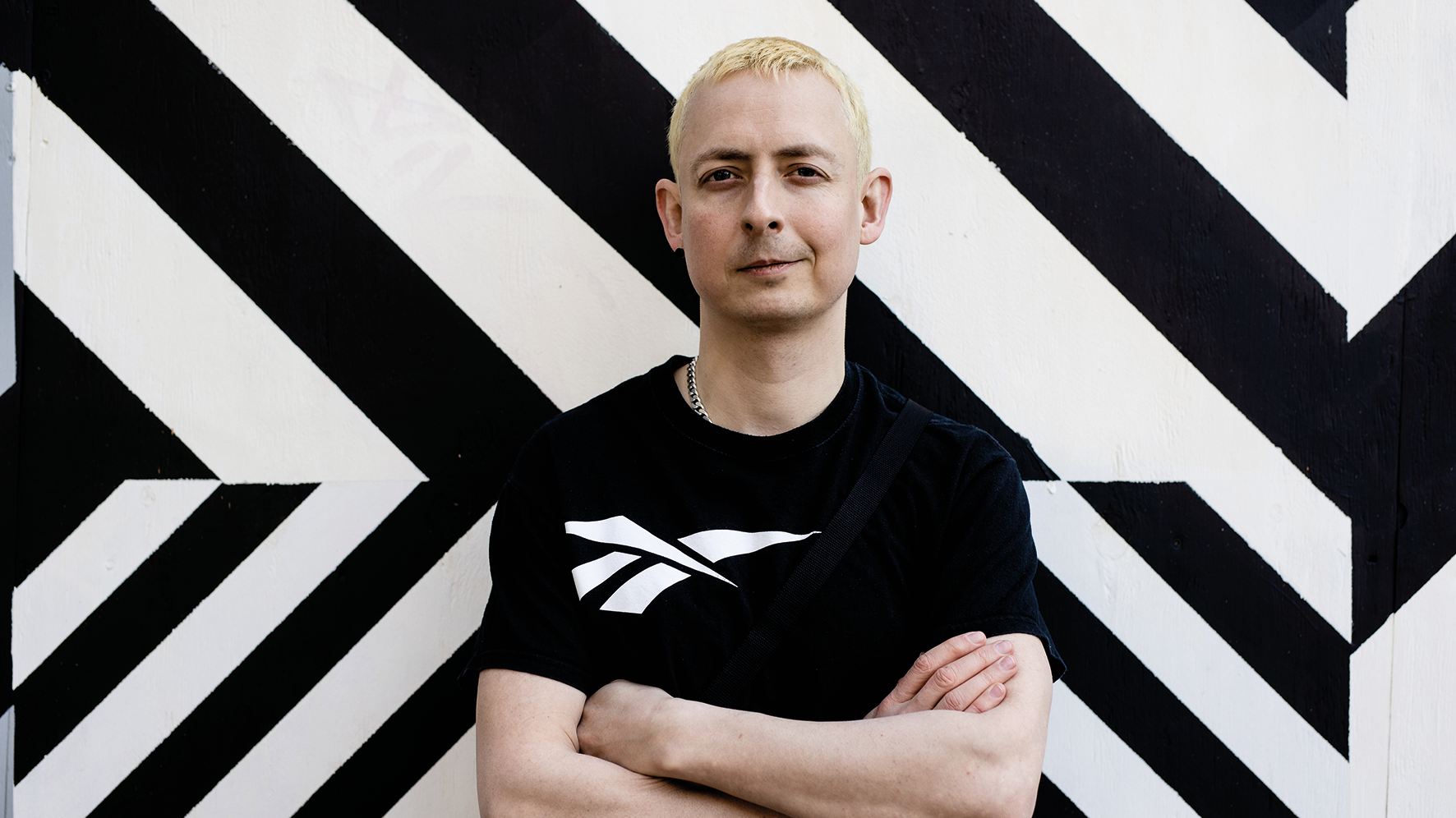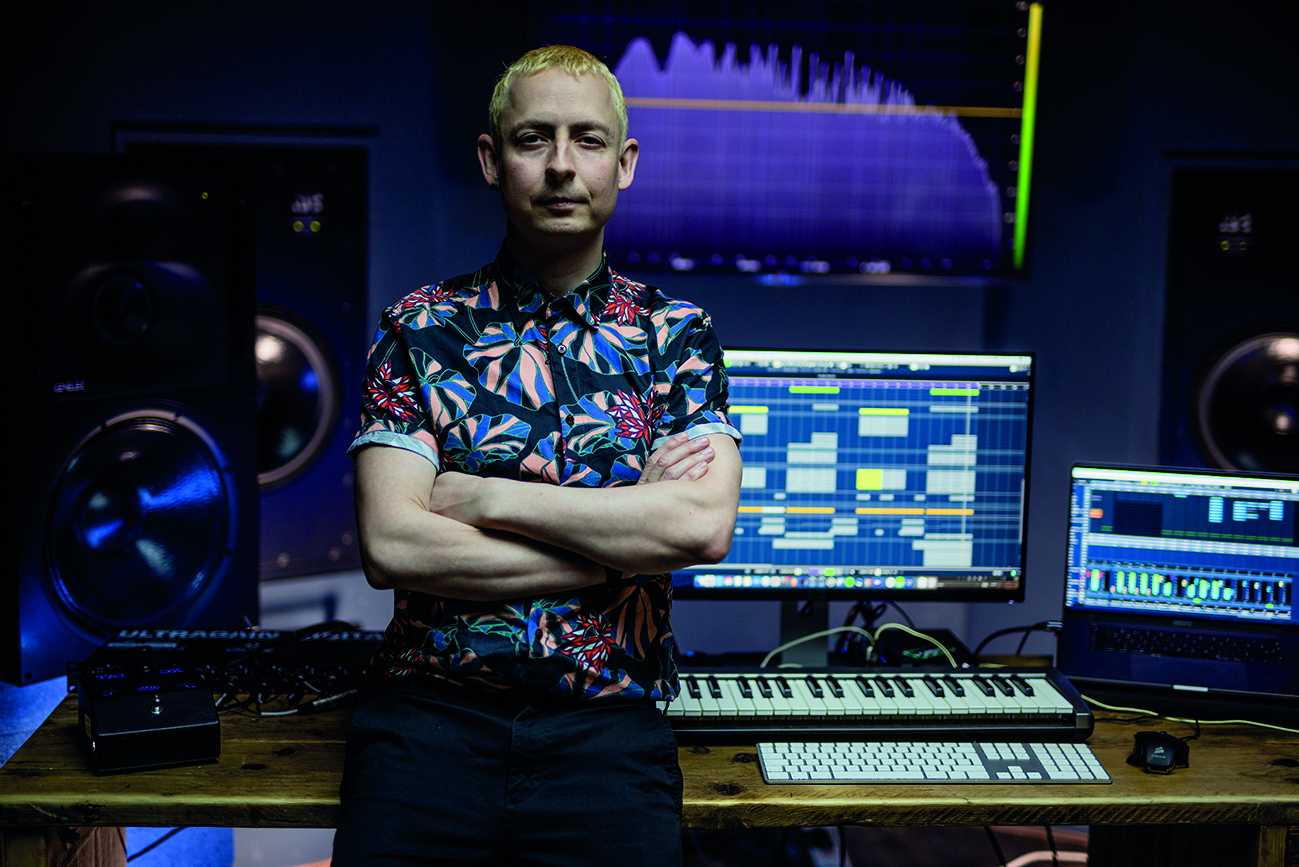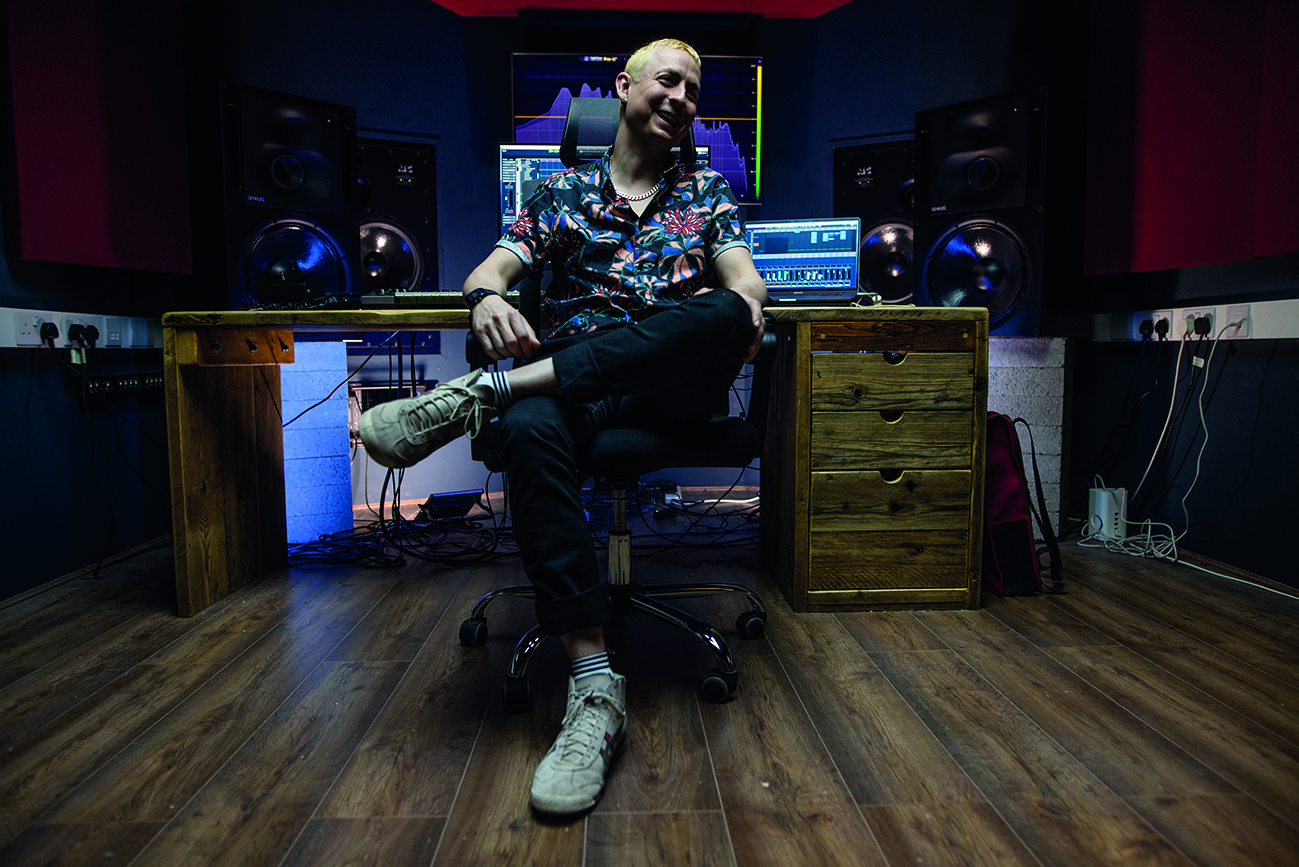The Track: James Hurr on the making of Love Together
We sat down with the low-key industry titan to hear about the making of the summer house banger Love Together

James Hurr has a CV most producers would give up a limb for, including collaborations with the likes of Todd Terry, Mark Knight and Basement Jaxx, and remixes for Beyoncé, Nile Rogers and Kylie amongst others. We caught up with James to find out more about his love of dance music and how he creates his tracks.
What’s your approach to production?
“I was never really taught too much about production and mixing and all that, I’ve learnt in the practical world. One of my first jobs was working in a recording studio as a tea boy and I started making tons and tons of records for them. Learning for me has just been through trial and error.
"I’d say that’s probably my biggest asset, having had the luxury to make tons and tons of music. You eventually work out, after getting feedback from DJs, hearing tracks played out and on the radio, what works and doesn’t.
For me the groove section is first, it’s fundamental
“Over years and years of being an engineer and ghost producer, I’ve learnt a lot from other producers. I’ve been fortunate enough to work with some incredibly talented people who really know their stuff. So, I’ve learned a lot from doing, talking to people, and of course by watching things like Future Music tutorials!”
As a dance music guy, do you always start with beats?
“Yes, absolutely. I started DJing in a bar at quite a young age, and did that for quite a long time. So for me the groove section is first, it’s fundamental. I just wanted to make music that people could dance to. So unless that groove section was right, it wasn’t right as a song for me. I couldn’t listen to it, and didn’t want to put it out.”
Get the MusicRadar Newsletter
Want all the hottest music and gear news, reviews, deals, features and more, direct to your inbox? Sign up here.

Was house music your first love?
“Not really. I used to be an angry teenager, I was into a lot of heavy metal! I think it was when I found myself dancing in a field at like 3am one summer that I realised that actually I was really into hard house, trance and drum & bass. Harder dance music, as opposed to house.
"That sort of music was being played at the raves I was going to, warehouse parties. I used to go to Trade at Turnmills at the turn of the century, but it wasn’t until I went to Ibiza a few years later that I suddenly went house crazy.
"I went there thinking all I wanted to hear was hard house and hard dance music, but it completely blew my mind seeing a club of 10,000 people all going off to house music.
I learned very early on that if you get the kick right in the first place that will help your mix enormously
"It was a bit slower. It was a bit funkier. It was a bit groovier. It had vocals and funky bass lines, this was the era of funky house. It blew my mind and I came back a convert. So it was one week in Ibiza and I never looked back!”
The interplay between kick and bass is one of the most important aspects of dance music. How do you get them right?
“I sample a lot of kicks. Years ago, I used to take the kick straight out of a 12” inch mix, and just use that as a straight lift! Now I tend to use Metrum and I will mix maybe two or three kicks together to create something a bit more original. The kick is fundamental to this style of music.
"I learned very early on that if you get the kick right in the first place that will help your mix enormously. Having the kick at 0dB, or minus one or two, but extremely loud, that would be your benchmark for mixing and you could fit everything else around that.
I’ve been mixing kick drums and bass for 20 years and still it throws me some surprises
“That was a great starting point, because the kick takes up most of the mix. It’s just huge sonically, it’s enormous for just a single part. In terms of balancing it with the bass, you know what, I sometimes still get it wrong! It’s one of the hardest things to do.
"I’ve got fantastic monitors, I’ve got really expensive equipment and I still find that sometimes you play stuff in the club and go, “oh, the bass is a bit too loud” or “oh God, OK, I need to cut more low end off that”.

"Sidechaining the bass always is an absolute standard, but I find there’s just so many variables with bass... the key of the track can make a huge impact on how the bass sounds.
"I’m getting better, but I’ve been mixing kick drums and bass for 20 years and still it throws me some surprises!
“I still work with a lot of DJs and the absolute best test is always to get a rough mix, as good as we can get it in a day or two, then play it on different club sound systems in a set. You hear it in context with the other tracks, and you’re super tuned into the acoustics. Having that is a massive advantage.”


Future Music is the number one magazine for today's producers. Packed with technique and technology we'll help you make great new music. All-access artist interviews, in-depth gear reviews, essential production tutorials and much more. Every marvellous monthly edition features reliable reviews of the latest and greatest hardware and software technology and techniques, unparalleled advice, in-depth interviews, sensational free samples and so much more to improve the experience and outcome of your music-making.
"A classic compressor for free on Valentine's Day – it must be love!": Universal Audio is giving away an 1176 plugin as a Valentine's gift - here's how to get it and use it
“A magical part is this sidechain with the bass”: Lady Gaga breaks down Disease in new studio video










